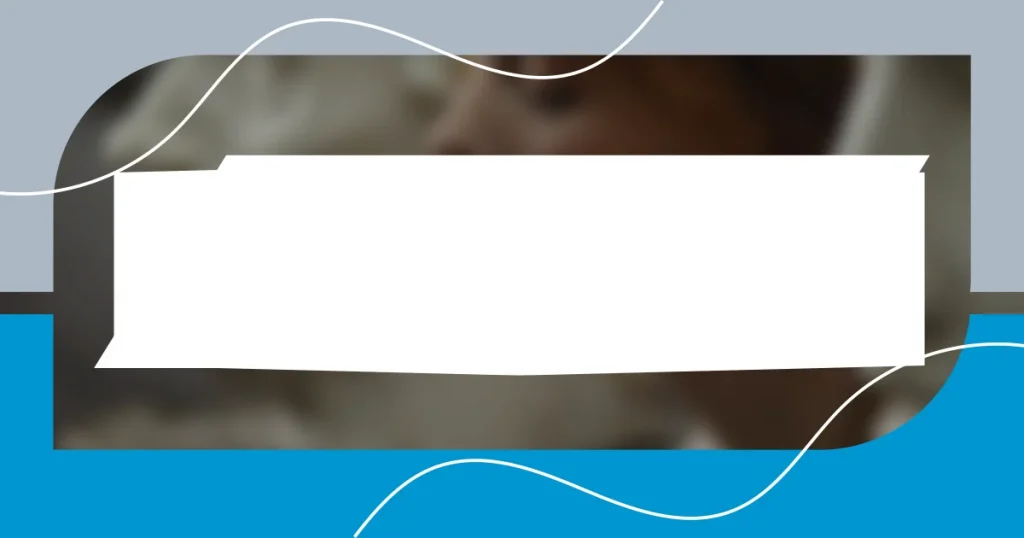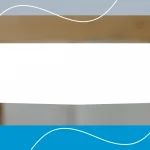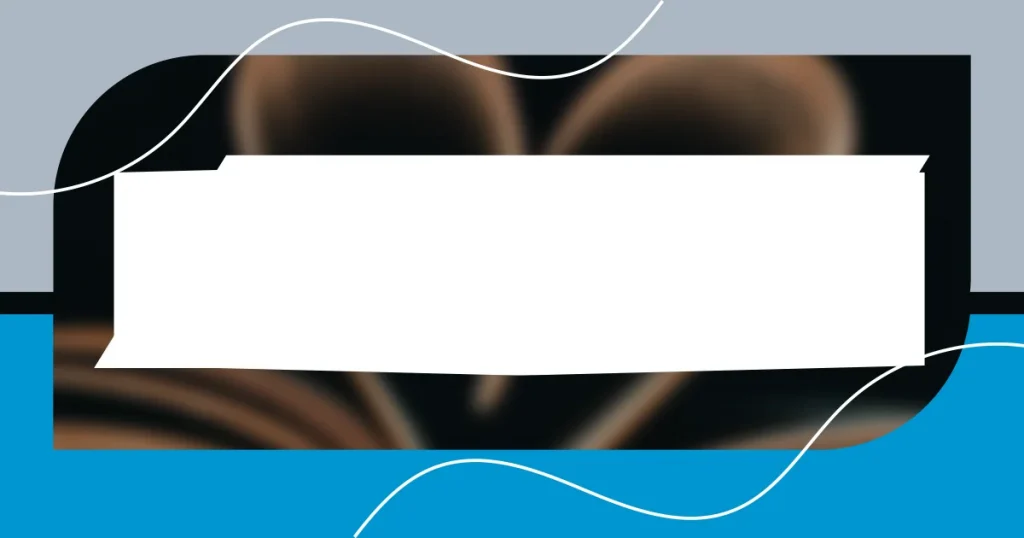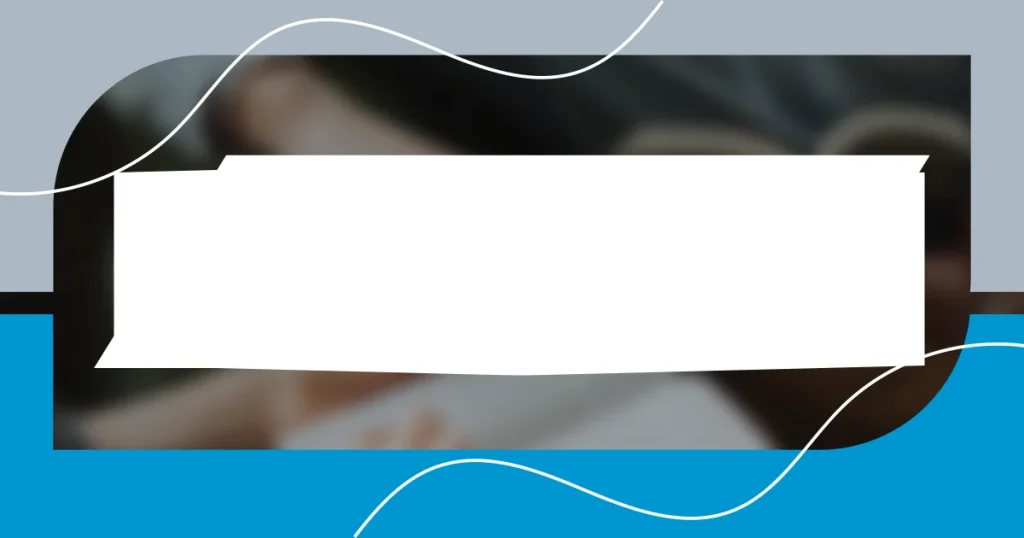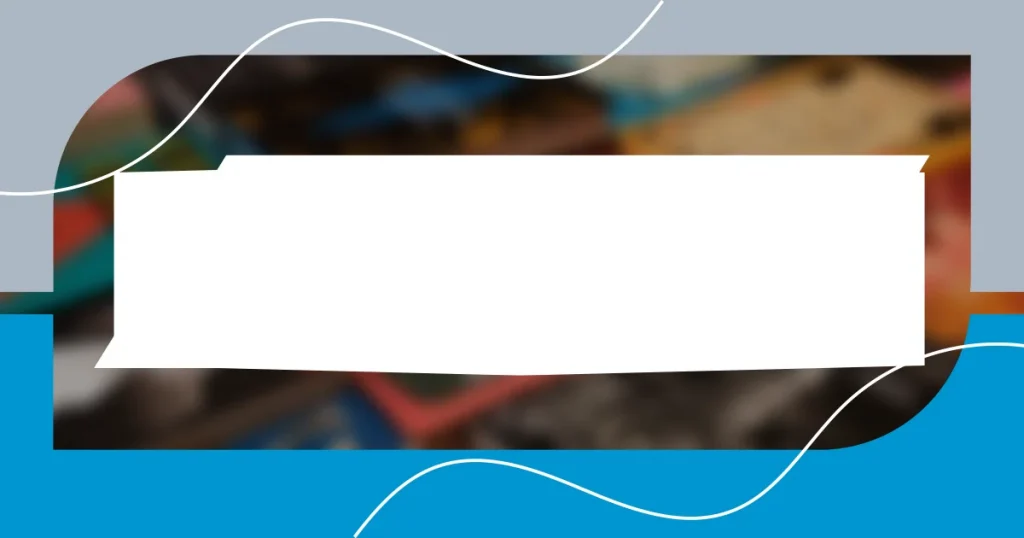Key takeaways:
- Creativity thrives on a balance of structured routines and spontaneous moments, allowing for both planned development and unexpected inspiration.
- Engaging in non-judgmental brainstorming, environmental changes, and collaborative efforts can significantly enhance idea generation and creativity.
- Building a supportive network of like-minded individuals encourages sharing, feedback, and inspiration, fostering a vibrant creative community.
Understanding creativity processes
Creativity isn’t solely about a sudden burst of inspiration; it often involves distinct processes that can help us cultivate our ideas. In my own experience, I’ve noticed that creativity thrives when I embrace both structured thinking and spontaneity. Have you ever been stuck in a routine, only to find that a walk outside suddenly sparks innovative ideas? That’s the magic of letting your mind roam free in contrast to the rigors of planning.
Another fascinating aspect of creativity is how our minds connect seemingly unrelated concepts. I remember the time I combined my love for cooking with my passion for art, leading to an unexpected project where I painted my dishes! This process taught me that creativity often lies in the intersections of our interests. It’s like breaking down barriers between different realms and allowing new ideas to flow naturally—what might you create if you let go of those traditional boundaries?
Exploring creativity requires patience and self-compassion. There have been countless days when my ideas felt muddled, only to realize later that this uncertainty was part of my creative cycle. I wonder if you’ve felt the same? Embracing both the highs and lows of creativity can lead us to deeper understanding and richer expressions of ourselves. It’s a journey, not a destination, and each step brings us closer to our true creative selves.
Importance of routine for creativity
Establishing a routine is paramount to nurturing creativity. From my own experience, having dedicated time for certain activities creates a reliable framework for inspiration to flourish. For instance, when I set aside mornings for writing, I often find that those quiet hours lead to deeper thoughts that might not surface amidst daily distractions. There’s something sacred about knowing that this time is reserved for creation; it almost feels like an invitation for my creative spirit to join.
- Routines help eliminate decision fatigue, freeing mental space for innovative thoughts.
- Structured time encourages a habitual flow of ideas, making creativity a regular part of life rather than an occasional spark.
- They create a nurturing environment where experimentation can safely occur—something I relish, as it allows room for uncharted paths without the pressure of perfection.
Techniques to spark new ideas
One technique I’ve found invaluable in igniting new ideas is brainstorming without judgment. When I first tried this approach, I set a timer for 10 minutes and allowed myself to write down anything that came to mind, no matter how wild or unrealistic. To my surprise, some of those seemingly absurd thoughts led to innovative projects I’d never considered before. Have you ever felt that you had to filter your ideas as you thought of them? Letting go of that pressure can be liberating.
Another technique that works wonders is changing your environment. I remember sitting at my kitchen table, feeling a creative block, so I decided to grab my notebook and move to a local park. The fresh air and sounds of nature transformed my thought process and inspired a flow of ideas that I hadn’t accessed indoors. It’s remarkable how simply shifting our surroundings can help us view problems from new angles. Have you tried altering your space to see what new thoughts emerge? It’s worth experimenting with.
Collaboration can also serve as a powerful catalyst for fresh concepts. When I team up with creative friends, our discussions often spark ideas for projects that I wouldn’t have thought of on my own. I recall a night spent painting with a friend—our friendly competition and shared laughter turned our serious task into a playful exchange of concepts. You can’t underestimate the value of sharing your space and thoughts with others; it opens the door to unique perspectives and insights.
| Technique | Description |
|---|---|
| Brainstorming | Generating ideas without filtering or criticism to unleash creativity. |
| Changing Environment | Shifting your location to spark new thoughts and perspectives. |
| Collaboration | Working with others to gain unique insights and creative energy. |
Balancing structure and spontaneity
Finding the right balance between structure and spontaneity has been a game changer for me. I remember days when I strictly adhered to my routine, only to realize that the need for creativity sometimes demands a break from rules. On one occasion, when I was deep in a project, I spontaneously joined a dance class on a whim. That hour of movement not only invigorated me physically but also reignited my creative juices, reminding me that stepping out of my routine can lead to incredible breakthroughs.
I often wonder if we place too much emphasis on sticking to our established paths. While routines provide a solid foundation, it’s the unexpected moments that often bring the most inspiration. For instance, during a recent road trip with friends, we took a detour to explore a quirky roadside attraction. This unplanned stop inspired a whole series of sketches and stories that I wouldn’t have dreamed of if I’d stuck to a rigid agenda.
In my experience, fully immersing myself in both scheduled activities and unexpected adventures allows my creativity to flourish. Have you ever experienced that delightful surprise of inspiration arising from a spur-of-the-moment decision? When I reflect on my journey, I realize that those spontaneous acts fuel my structured endeavors, creating a fluidity between planning and improvisation that is essential for sustained creativity.
Overcoming creative block challenges
Sometimes, creative blocks hit us like a sudden storm. I remember sitting at my desk one afternoon, completely frozen. In an attempt to break free, I started doodling aimlessly; those simple, mindless squiggles surprisingly led me to reimagine an art piece I’d been struggling with. It made me realize that engaging in small, low-pressure creative activities can serve as a springboard to deeper ideas. Have you ever noticed how letting go can lead to unexpected solutions?
Another powerful approach I’ve discovered is setting tiny, achievable goals. There was a time when I decided to write just one sentence each day, aiming to loosen the tight grip of perfectionism. That small commitment turned into a steady stream of thoughts, ultimately leading to a complete draft. This experience taught me that overcoming creative blocks often starts with manageable steps. What small action can you take today to nudge yourself back into creativity?
I’ve also found that embracing uncertainty can be a game changer. There was this one time I attended an improv workshop, expecting it to be purely for fun. Instead, it helped me cultivate a mindset of spontaneity. Suddenly, I was open to chaos and unexpected turns in my creative process. It made me wonder: could it be that our attachment to predictability is the very thing stifling our creative flow? When we allow ourselves to be a little less controlled, new ideas can come pouring in, often from the most surprising places.
Cultivating a creative support network
Cultivating a creative support network is something I deeply value. I’ve learned that surrounding myself with like-minded individuals can spark fresh ideas and perspectives. For instance, I remember when I joined a local writing group. Initially, I was intimidated, but hearing diverse voices share their stories reinvigorated my passion and broadened my creative outlook. Have you ever felt that shift when someone else’s words resonate with you?
Connecting with fellow creatives offers a safe space to share not just successes but also challenges. I once had a brainstorming session with a few friends where we openly discussed our creative hurdles. That candid conversation turned into an uplifting experience as we encouraged each other and shared potential solutions. It struck me how this camaraderie not only eased my worries but also opened up new pathways for creativity. Do you have friends who inspire you to think outside the box?
Moreover, seeking feedback from a trusted network can be incredibly powerful. I recall sharing a rough draft with a close friend who offered constructive criticism that ultimately transformed my work. It can feel vulnerable to put your ideas out there, but the insights you gain are often invaluable. Isn’t it fascinating how another person’s perspective can shine a light on aspects of your creativity that you might have overlooked?
Sustaining creativity in daily life
Sustaining creativity in daily life often hinges on establishing routines that nourish our imaginative spirit. I remember a phase where I dedicated my mornings to journaling. Some days, the words flowed effortlessly; on others, I struggled to string together a coherent thought. Yet, that daily practice became a grounding ritual, reminding me that even on the tough days, creativity is a muscle that grows stronger with use. What rituals do you have that could help maintain your creative energy?
I’ve come to appreciate the importance of stepping out of my comfort zone. A few months ago, I took a pottery class, despite having no prior experience. The process was messy and frustrating at times, but as I shaped the clay, I found an unexpected thrill in embracing imperfection. It taught me that creativity often lies beyond the confines of familiarity. Have you ever tried something new just for the sake of exploration?
Lastly, nature plays an essential role in my creative sustenance. There’s something about a simple walk through a park that recharges my mind. I recall one particularly vibrant autumn afternoon, when the rustling leaves seemed to whisper ideas of their own. That connection to the natural world often sparks inspiration that feels organic and rejuvenating. Don’t you find that sometimes the most profound ideas come when you least expect them, maybe during a tranquil moment outdoors?











